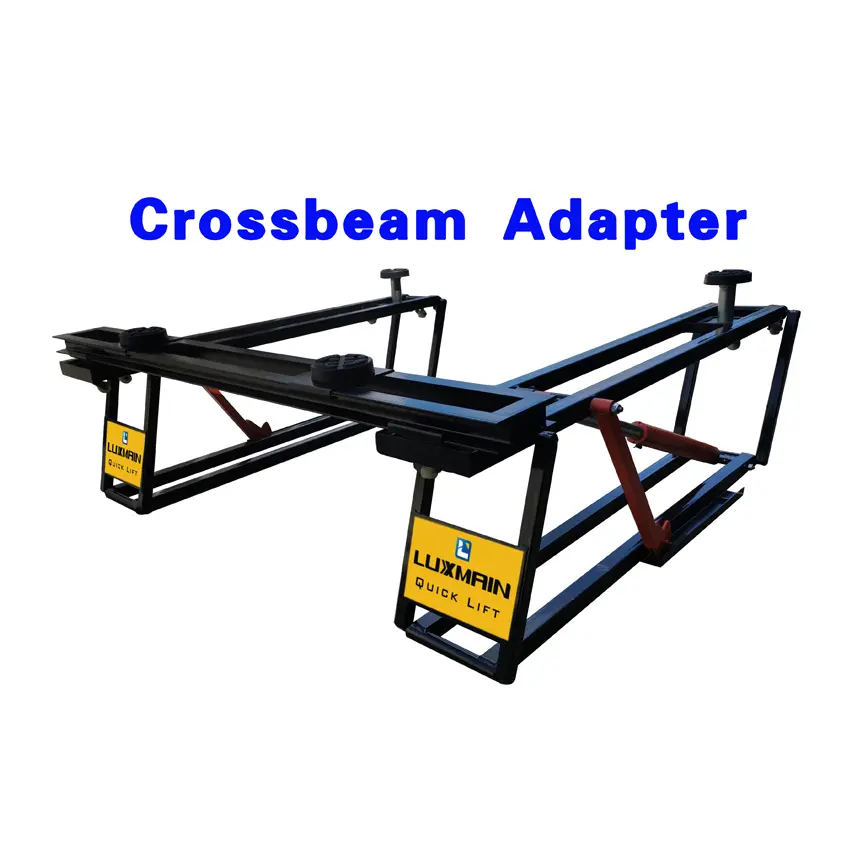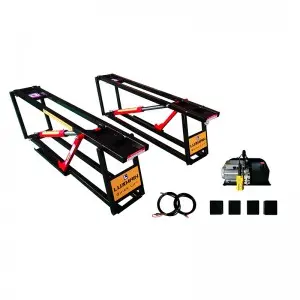When it comes to vehicle maintenance and repairs, having the right equipment is crucial. Among the myriad of tools and gadgets available to automotive enthusiasts, an inground lift stands out as a game-changer. This innovative piece of machinery offers a wide array of benefits, making it an invaluable asset for both professional mechanics and avid DIYers alike. In this comprehensive guide, we will explore what an inground lift is, how it works, its benefits, key considerations before investing, and maintenance tips to ensure longevity.
What is an Inground Lift?
An inground lift is a type of vehicle lift that is installed into the floor of a garage or workshop. Unlike traditional above-ground lifts that can occupy significant floor space and require ramps, inground lifts are designed to be flush with the ground. This allows for a seamless transition from the floor to the lift, enabling easier access for vehicles. Inground lifts typically utilize hydraulic or pneumatic systems to raise and lower vehicles, providing a secure and stable platform for repairs and inspections.
How Does an Inground Lift Work?
The operation of an inground lift is relatively straightforward. When a vehicle is positioned over the lift’s designated area, the operator can activate the hydraulic or pneumatic mechanism that raises the lift. This process usually involves the following steps:
1. **Positioning**: The vehicle is driven over the lift area, marked by safety barriers or indicators to ensure proper alignment.
2. **Activation**: The operator engages the controls, which activate the pump or compressor to generate pressure.
3. **Raising**: The lift ascends smoothly, elevating the vehicle to the desired height. Most inground lifts have adjustable height settings for different vehicle sizes.

The Ultimate Guide to Inground Lifts: Transforming Your Garage Experience and Enhancing Vehicle Maintenance Efficiency
4. **Stabilizing**: Once at the desired height, the lift’s safety mechanisms engage to ensure stability while work is performed.
5. **Lowering**: After the work is complete, the lift is lowered by reversing the hydraulic or pneumatic pressure.
Benefits of an Inground Lift
1. **Space Efficiency**: One of the main advantages of an inground lift is its space-saving design. Since the lift is recessed into the ground, it does not obstruct the work area and allows for maximum use of garage space.
2. **Enhanced Accessibility**: The flush floor design of inground lifts allows for easier access to low-profile vehicles or those with limited ground clearance. This accessibility can significantly facilitate various maintenance tasks.

The Ultimate Guide to Inground Lifts: Transforming Your Garage Experience and Enhancing Vehicle Maintenance Efficiency
3. **Reduced Risk of Accidents**: Traditional above-ground lifts often require ramps, which can pose a risk if vehicles roll off. Inground lifts eliminate this hazard, providing a secure platform that reduces accidents.
4. **Durability**: Many inground lifts are built to withstand heavy loads and harsh environments, making them a long-lasting option for vehicle maintenance.

The Ultimate Guide to Inground Lifts: Transforming Your Garage Experience and Enhancing Vehicle Maintenance Efficiency
5. **Increased Vehicle Capacity**: With an inground lift, multiple vehicles can be serviced at once without the need for extensive space, thus allowing for greater productivity.
Key Considerations Before Investing
1. **Installation**: Installing an inground lift requires professional assistance, as it involves excavation and foundational work. Ensure you hire experienced technicians to avoid potential pitfalls.
2. **Weight Capacity**: Evaluate the weight capacity of the lift to ensure it meets the needs of your vehicle types. Some lifts are suitable for light-duty cars, while others can handle heavier trucks and specialty vehicles.
3. **Maintenance**: Like all mechanical systems, inground lifts require routine maintenance. Be prepared to invest time and resources into regular inspections and servicing.
4. **Permits and Codes**: Ensure that your installation complies with local regulations, building codes, and safety standards. Check if permits are required for excavation and installation.
Maintenance Tips for Longevity
To ensure your inground lift remains in optimal working condition, follow these maintenance tips:
– **Regular Inspections**: Check for hydraulic leaks, wear and tear on seals, and overall lift functionality regularly.
– **Lubrication**: Maintain the hydraulic components by keeping them well-lubricated to prevent friction and wear.
– **Debris Removal**: Regularly clean the lifting area to prevent debris from interfering with the lifting mechanism.
– **Safety Checks**: Always conduct safety checks before use, ensuring that safety locks and mechanisms function properly.
In conclusion, investing in an inground lift can greatly enhance your garage experience by improving vehicle accessibility, safety, and maintenance efficiency. Whether you are a professional mechanic or a DIY enthusiast, an inground lift is a tool that can elevate your automotive endeavors to new heights.Cylinder
